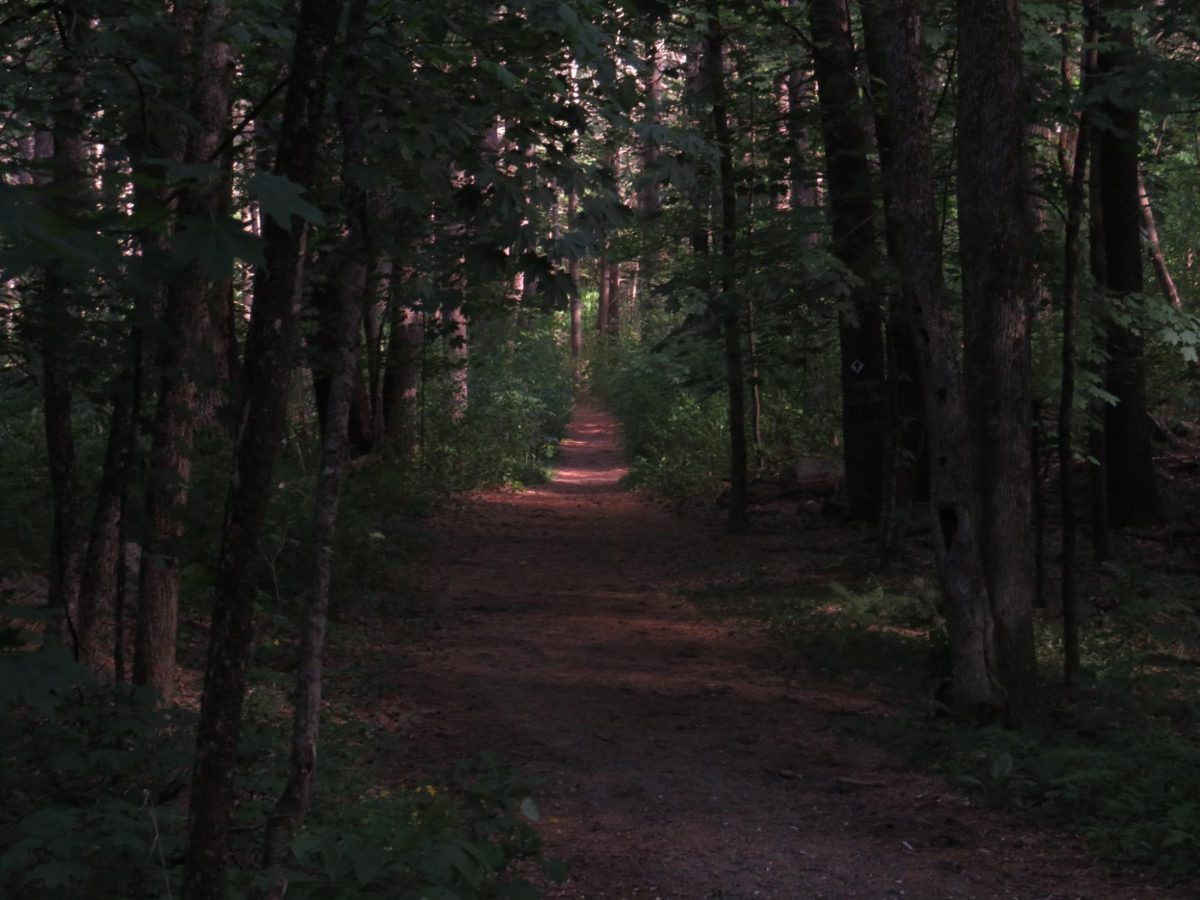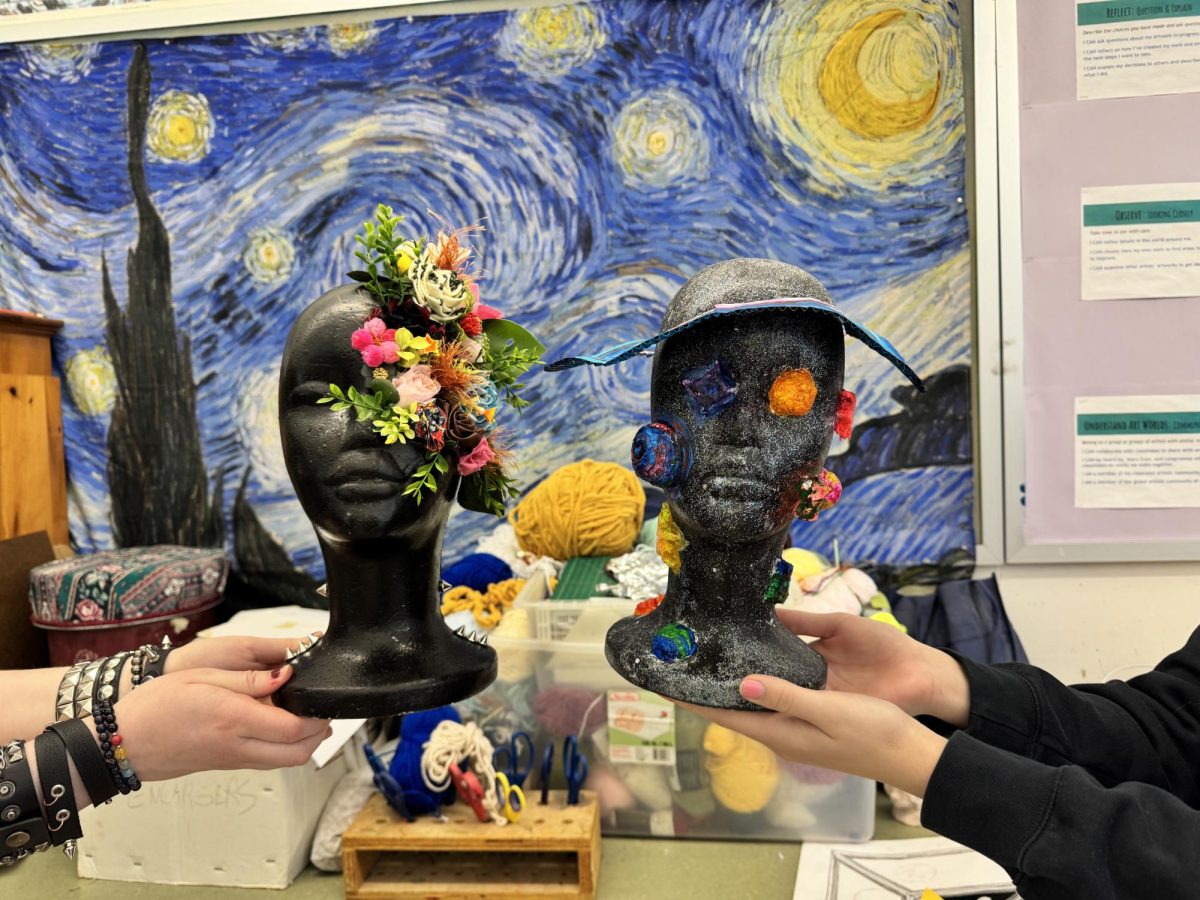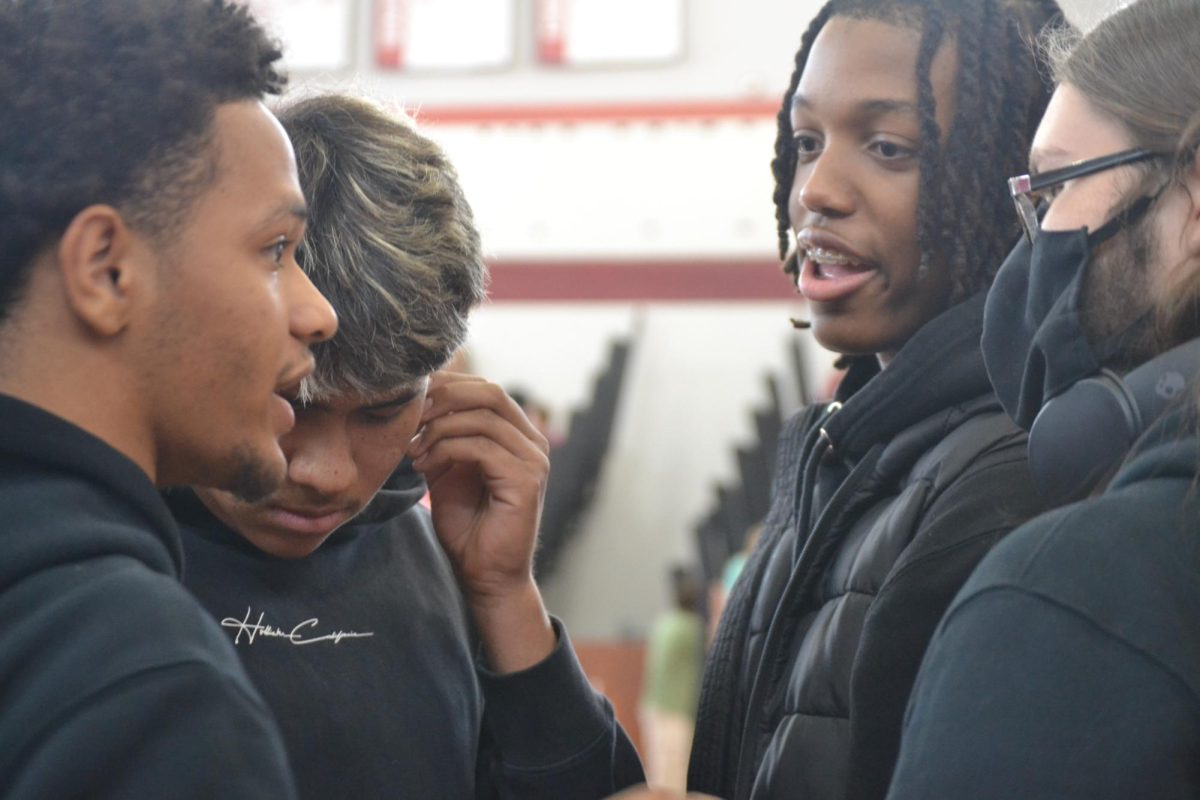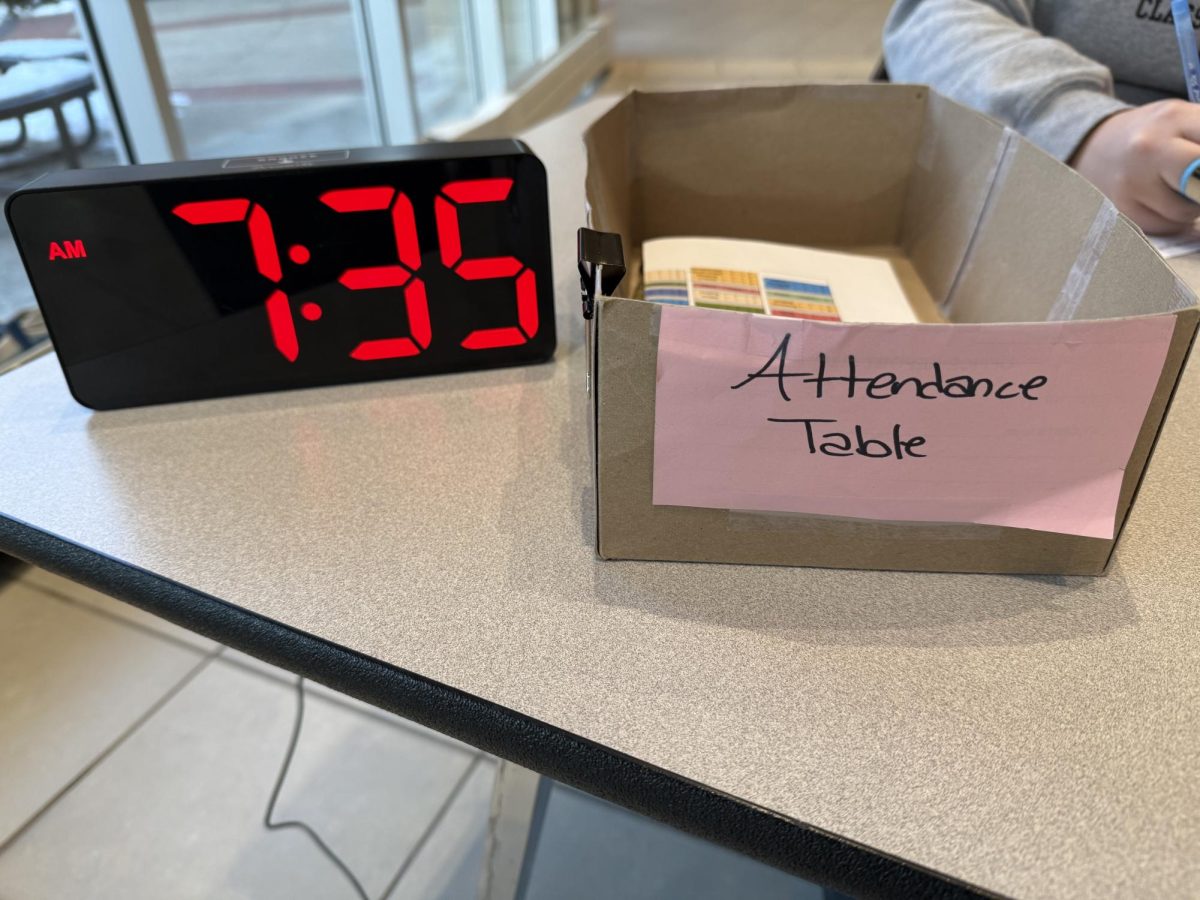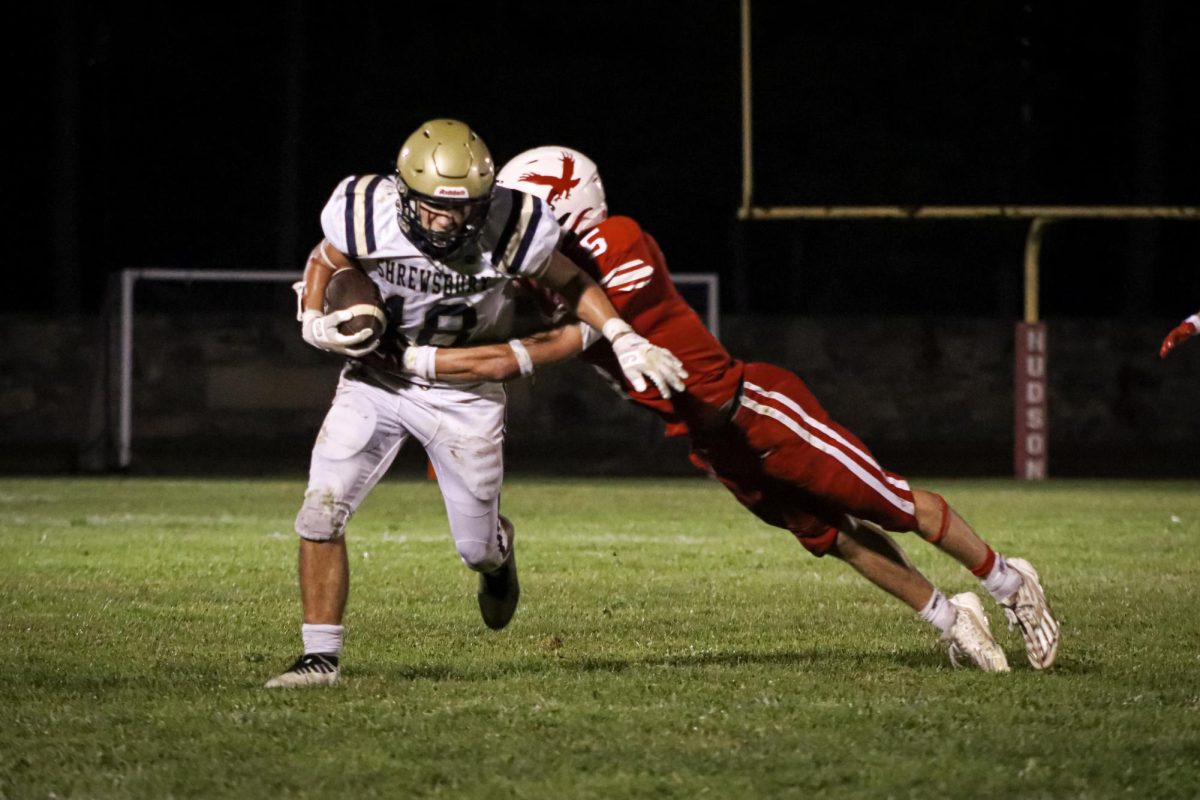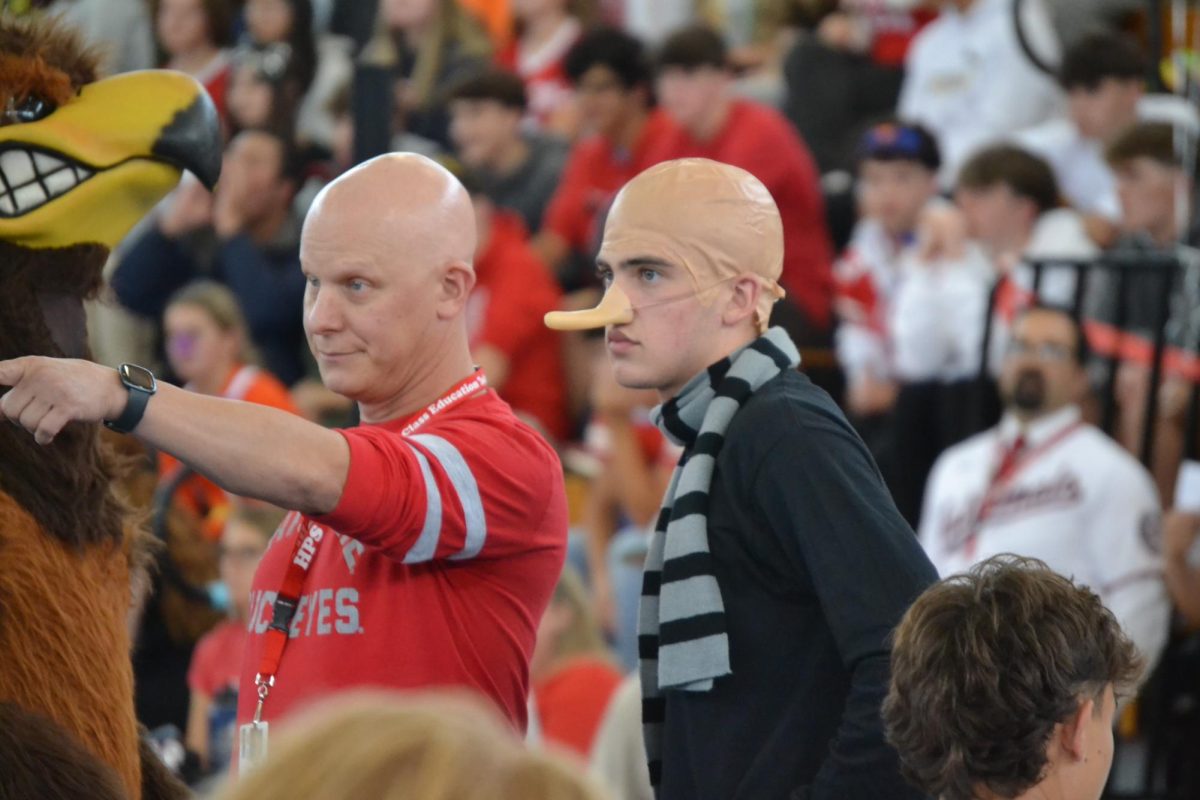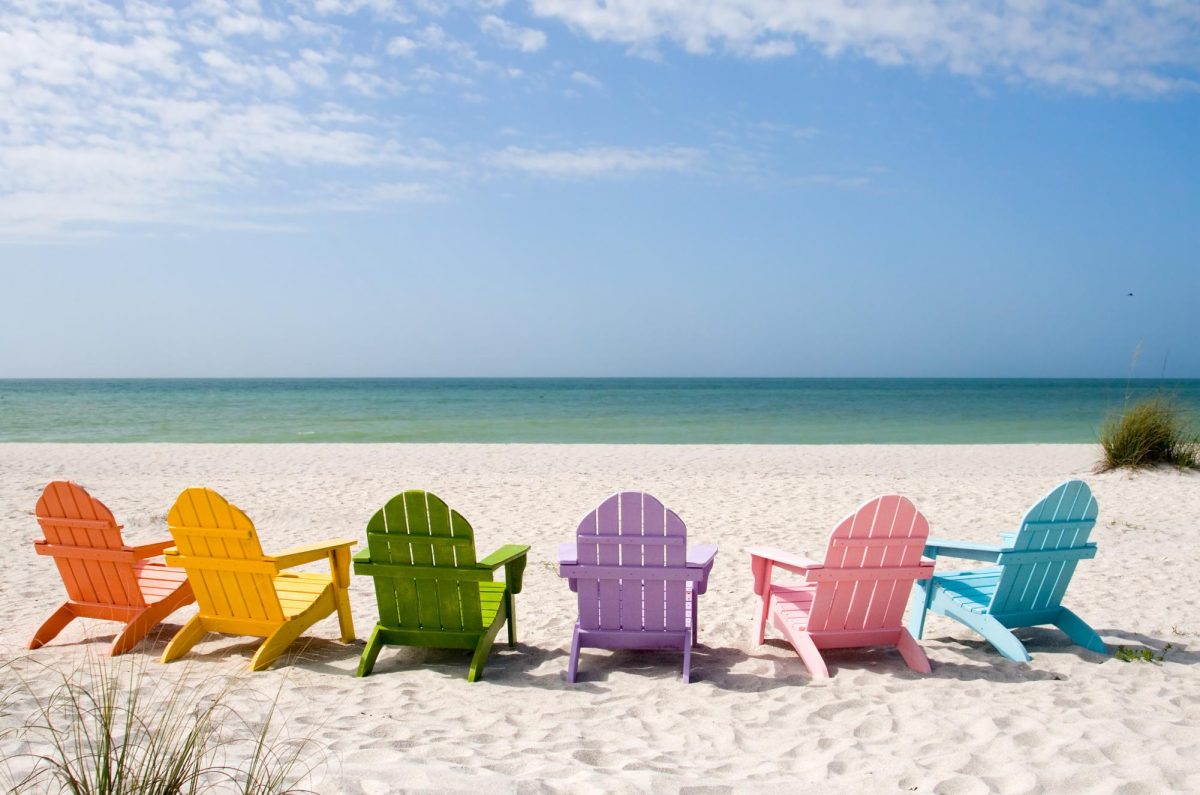Have you ever wondered why we have Daylight Saving Time? It is a way to save energy and to get more use of our daylight, but where did it come from?
Some people think that Benjamin Franklin invented Daylight Saving Time (DST); and though he did talk about using the sun to schedule a day, he did not propose the concept of DST. Some believe it was invented by farmers to help with planting and harvesting, which could have some truth. Ancient civilizations have used the sun to schedule their day, including Ancient Rome where they observed the winter and summer solstices.
But it wasn’t actually in 1895 in New Zealand that the first recorded instance of Daylight Saving Time was proposed by an entomologist (studier of insects) to increase the morning light for his studies, but the concept did not pass any legislation to become part of daily life.
Daylight Saving Time didn’t officially happen in the US until 1918 when Congress needed to conserve electricity during in World War I. With that law, the five time zones we have now were created as well. They repealed it after the war as they felt it was no longer necessary.
However, that led to decades of no set rules and confusion, especially in the transportation and broadcast industries. This led to the 1966 Uniform Time Act, which standardized time to the “spring forward” and “fall back” time changes.
In the US the clocks are changed on the second Sunday in March and the first Sunday in November. In Europe, it’s the last Sunday in March and the last Sunday in October.
More recently, many states and even lawmakers at the national level are questioning the time change. 19 states have either enacted or proposed legislation to stick to DST permanently, and not set the clocks back in the fall.
If the United States kept daylight savings time year-round there would be later sunrises in the winter but the sun would set later at night. For example, in the winter the sun will rise after 8:00 a.m. and set after 5:00 p.m.
That brings both positives and negatives. Here are some HHS opinions on this.
“I don’t think it matters because I would rather the sun be out in the afternoon,” said freshman Blake Freitas
Sophomore Matt Bruce stated, “That would be awesome but in the first period everyone would be falling asleep.”
Freshman Gabriel Westberg stated he would also prefer the later sunrise and sunset, “I feel that the sun setting later is more beneficial because you can do more things outside later as you do in the summer.”
Paraeducator Jacob Wardwell stated, “As a football coach, it’s hard to get practice in October and November. By the time you get down to the field and set up, it’s dark within an hour and it’s not easy to get practice in.”
Wardwell continued, “I just think it’s a good thing. Everyone feels happier when it’s light. No one likes it when it’s dark in the afternoon.”

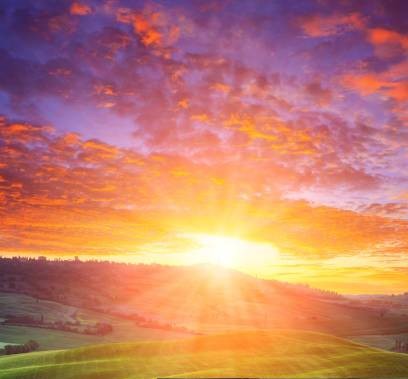

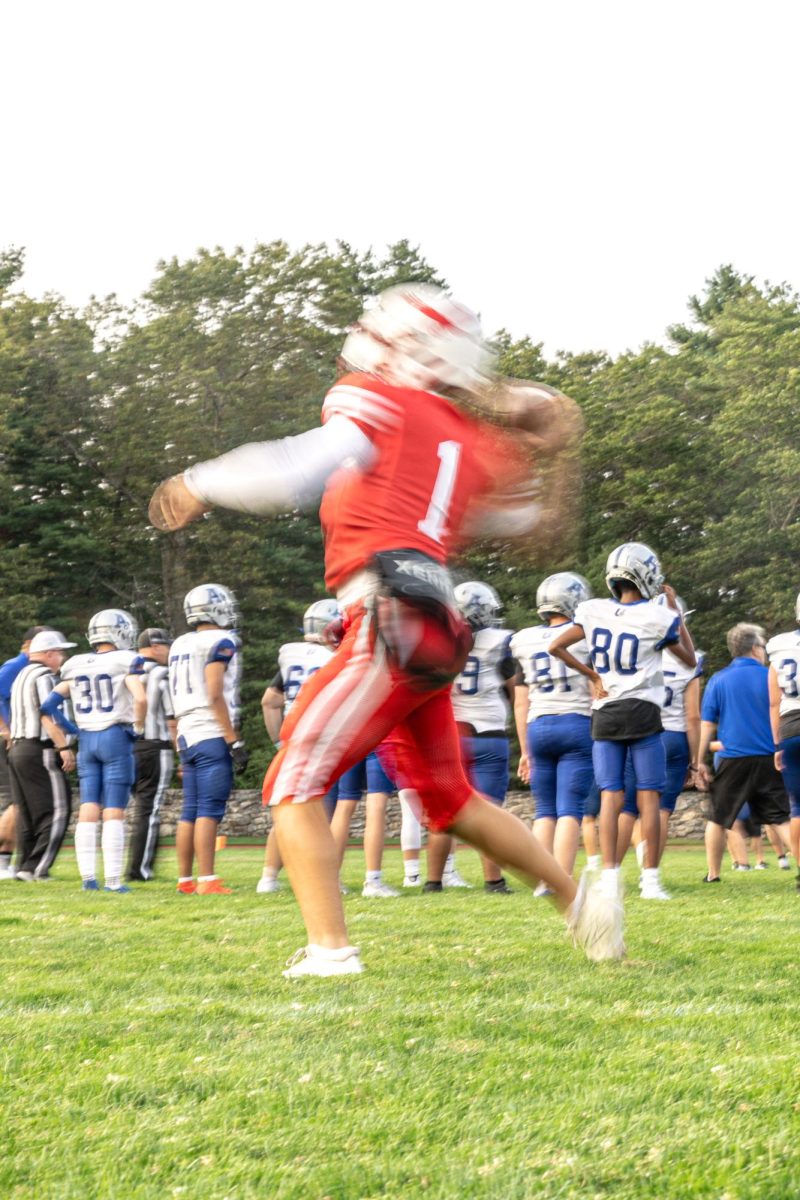



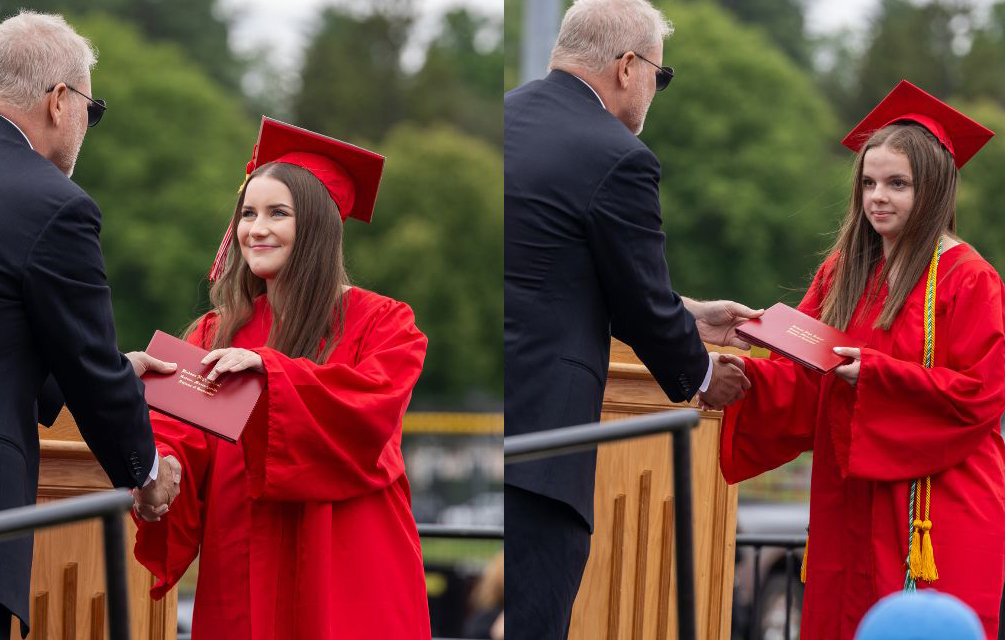

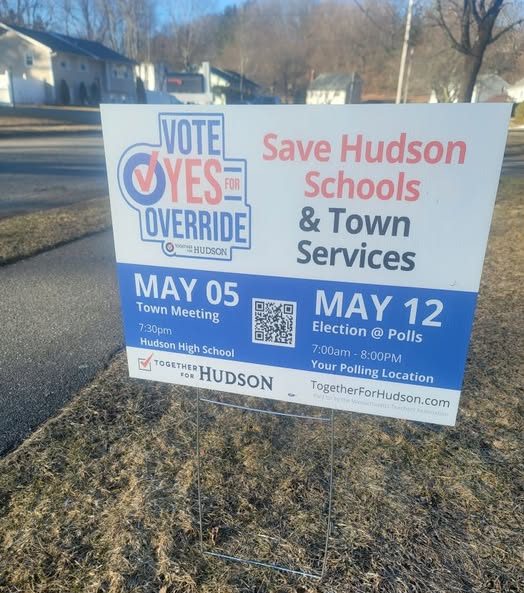
![Brazil's Neymar walks onto the pitch during his debut for Santos FC in a Sao Paulo league football match against Botafogo, in Santos, Brazil, Wednesday, February 5, 2025 [Andre Penner/AP]](https://bigredhawks.com/wp-content/uploads/2025/04/Neymar-is-Back-e1743558992671.jpg)
